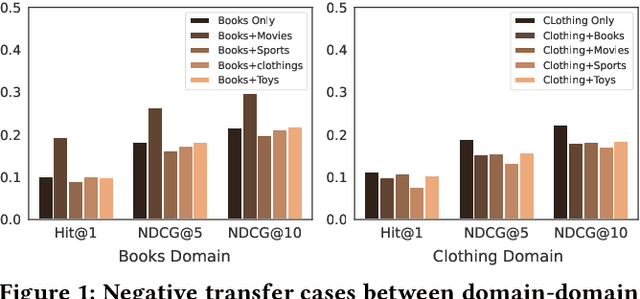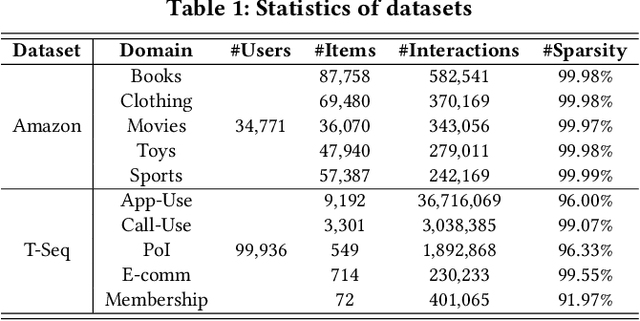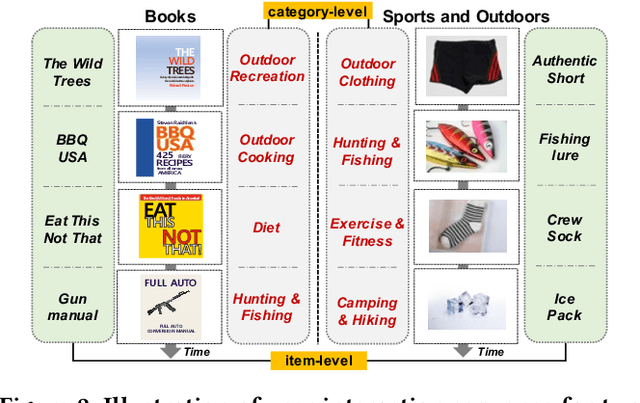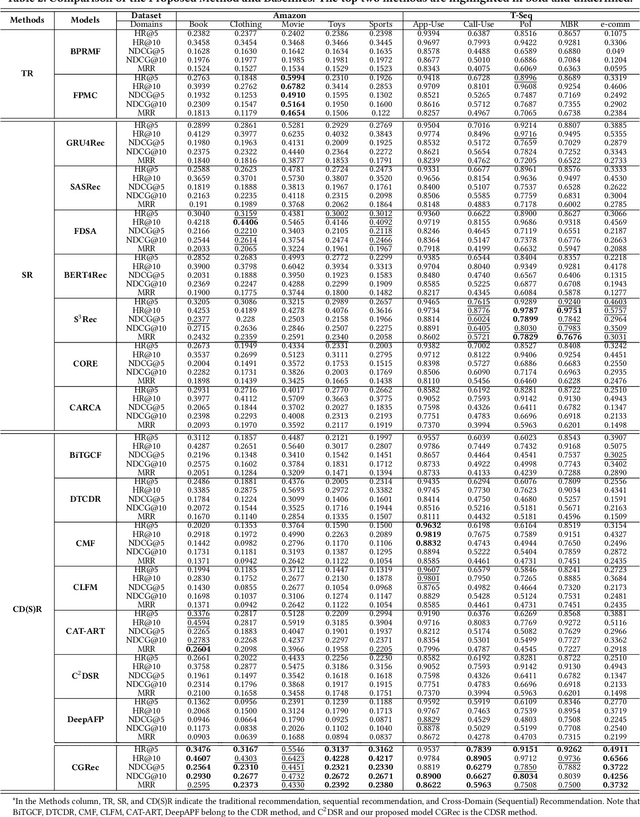Kyunam Lee
FeRG-LLM : Feature Engineering by Reason Generation Large Language Models
Mar 30, 2025Abstract:One of the key tasks in machine learning for tabular data is feature engineering. Although it is vital for improving the performance of models, it demands considerable human expertise and deep domain knowledge, making it labor-intensive endeavor. To address this issue, we propose a novel framework, \textbf{FeRG-LLM} (\textbf{Fe}ature engineering by \textbf{R}eason \textbf{G}eneration \textbf{L}arge \textbf{L}anguage \textbf{M}odels), a large language model designed to automatically perform feature engineering at an 8-billion-parameter scale. We have constructed two-stage conversational dialogues that enable language models to analyze machine learning tasks and discovering new features, exhibiting their Chain-of-Thought (CoT) capabilities. We use these dialogues to fine-tune Llama 3.1 8B model and integrate Direct Preference Optimization (DPO) to receive feedback improving quality of new features and the model's performance. Our experiments show that FeRG-LLM performs comparably to or better than Llama 3.1 70B on most datasets, while using fewer resources and achieving reduced inference time. It outperforms other studies in classification tasks and performs well in regression tasks. Moreover, since it does not rely on cloud-hosted LLMs like GPT-4 with extra API costs when generating features, it can be deployed locally, addressing security concerns.
Cracking the Code of Negative Transfer: A Cooperative Game Theoretic Approach for Cross-Domain Sequential Recommendation
Nov 22, 2023



Abstract:This paper investigates Cross-Domain Sequential Recommendation (CDSR), a promising method that uses information from multiple domains (more than three) to generate accurate and diverse recommendations, and takes into account the sequential nature of user interactions. The effectiveness of these systems often depends on the complex interplay among the multiple domains. In this dynamic landscape, the problem of negative transfer arises, where heterogeneous knowledge between dissimilar domains leads to performance degradation due to differences in user preferences across these domains. As a remedy, we propose a new CDSR framework that addresses the problem of negative transfer by assessing the extent of negative transfer from one domain to another and adaptively assigning low weight values to the corresponding prediction losses. To this end, the amount of negative transfer is estimated by measuring the marginal contribution of each domain to model performance based on a cooperative game theory. In addition, a hierarchical contrastive learning approach that incorporates information from the sequence of coarse-level categories into that of fine-level categories (e.g., item level) when implementing contrastive learning was developed to mitigate negative transfer. Despite the potentially low relevance between domains at the fine-level, there may be higher relevance at the category level due to its generalised and broader preferences. We show that our model is superior to prior works in terms of model performance on two real-world datasets across ten different domains.
 Add to Chrome
Add to Chrome Add to Firefox
Add to Firefox Add to Edge
Add to Edge